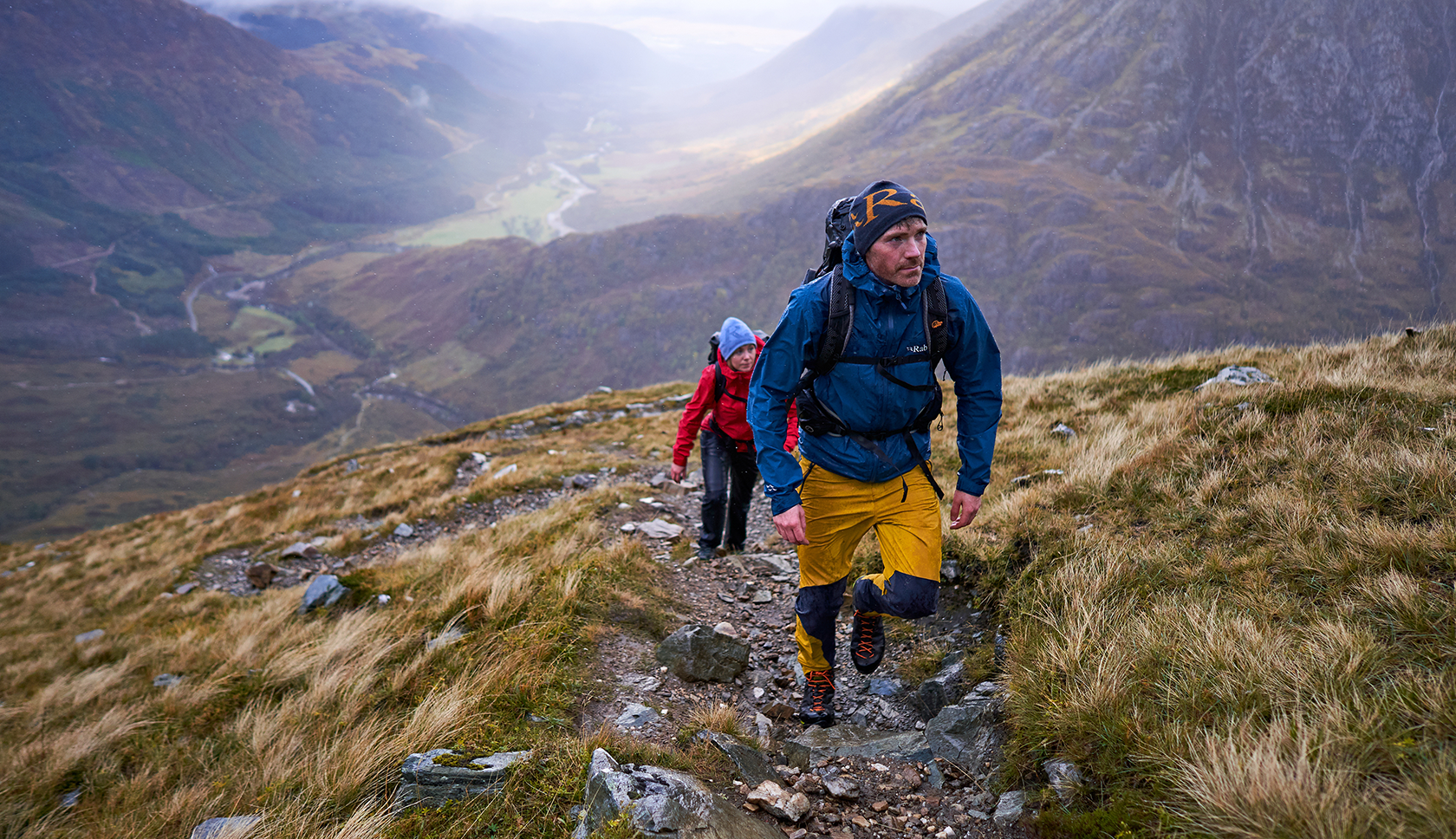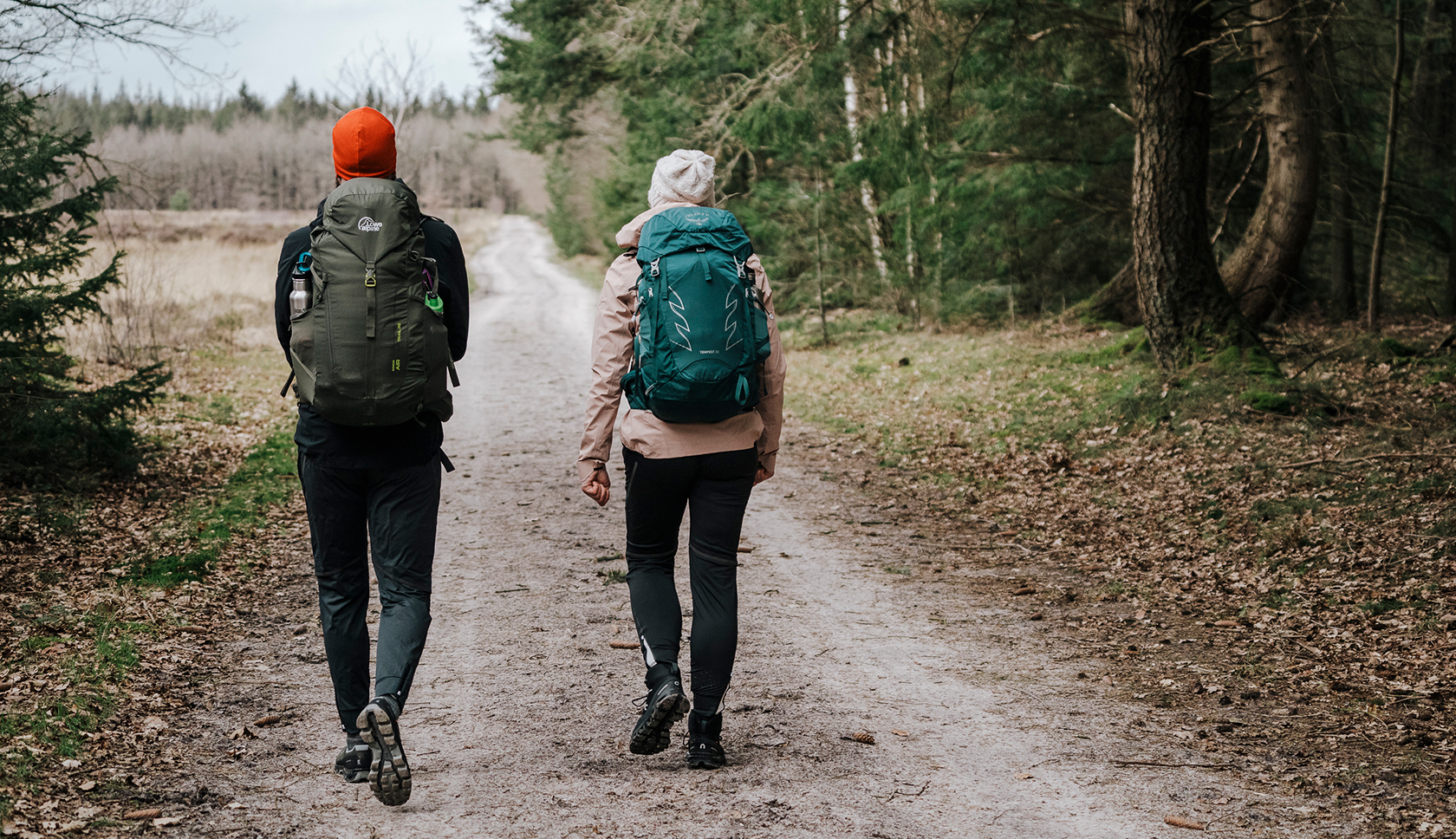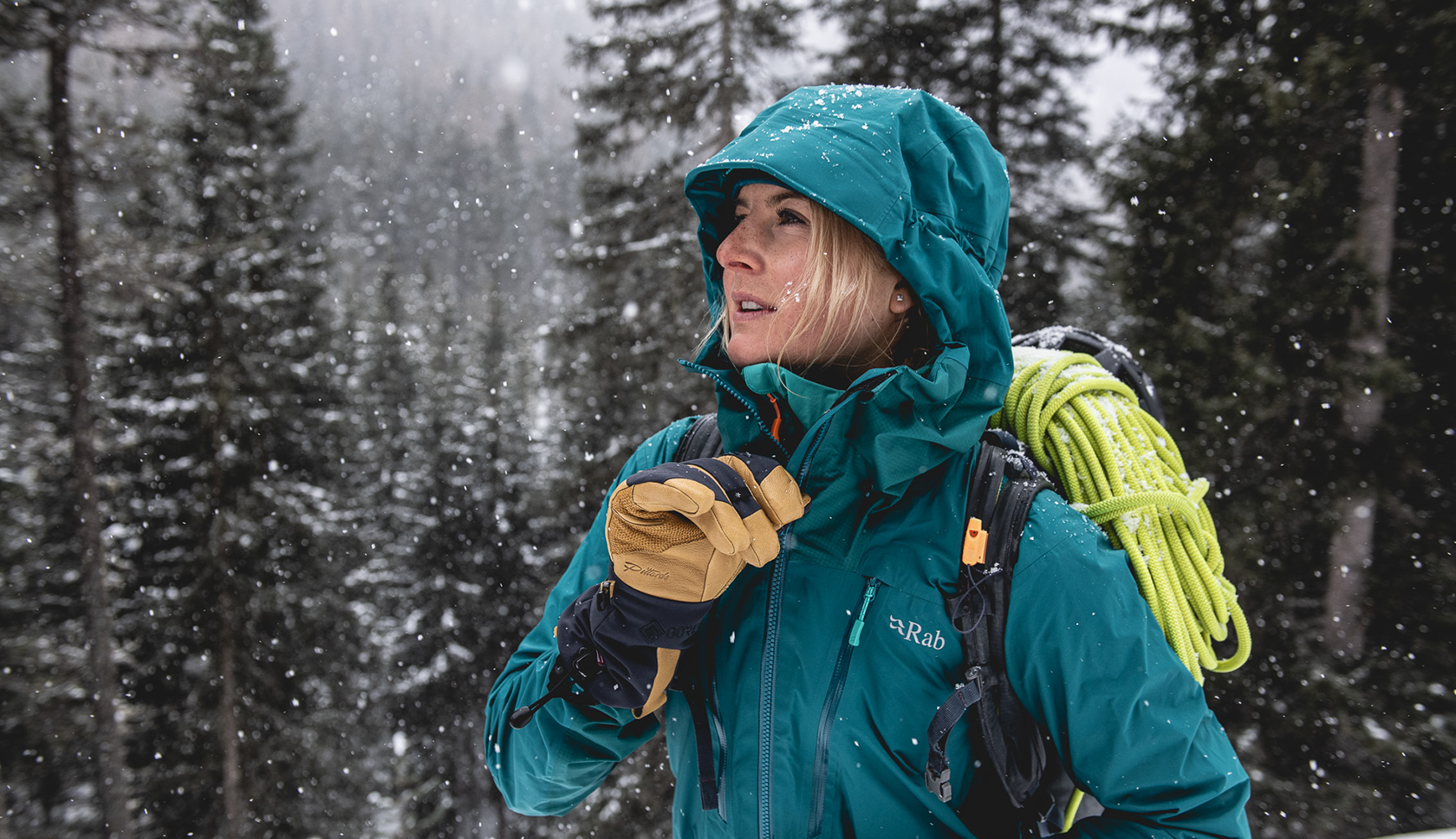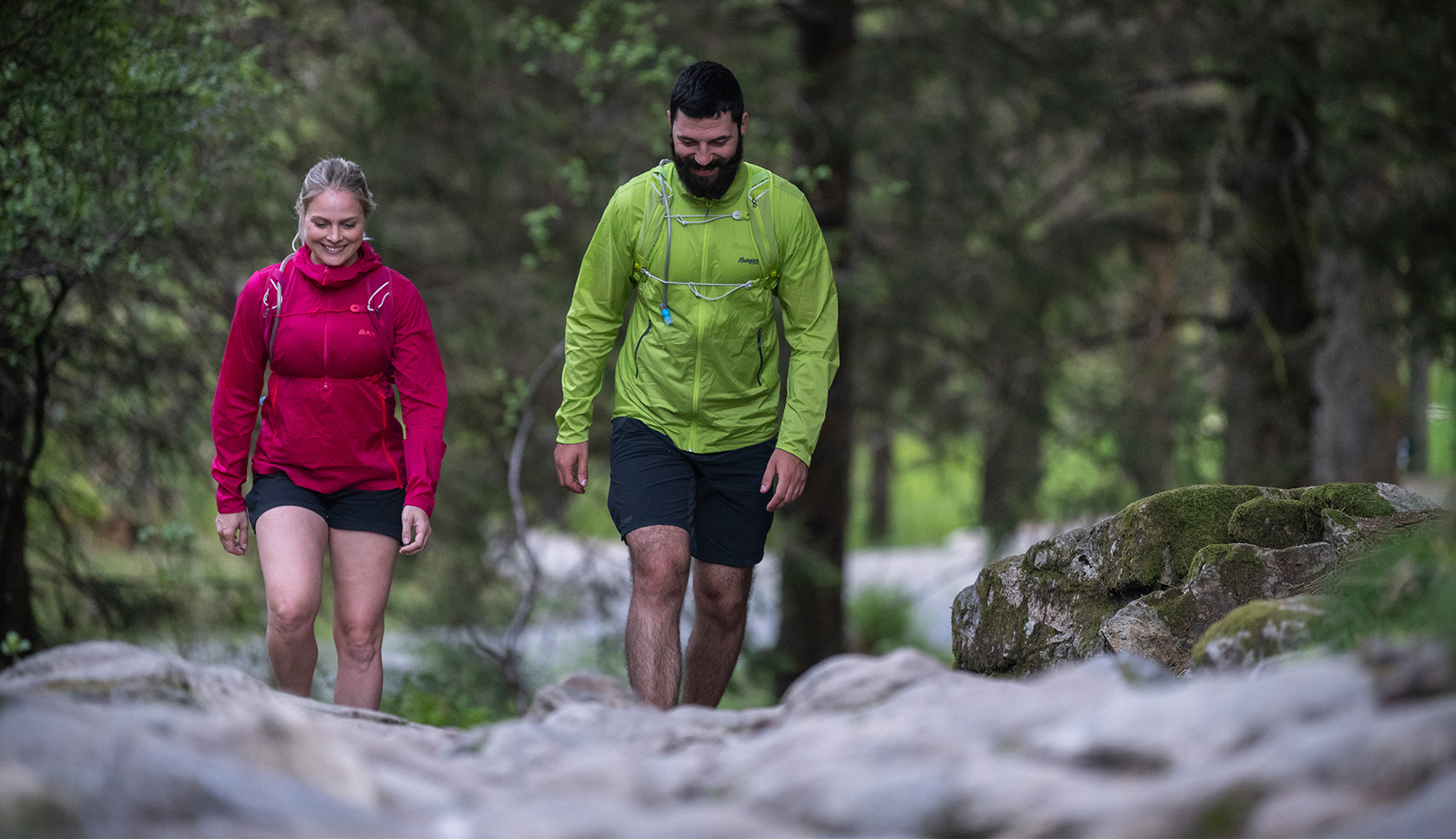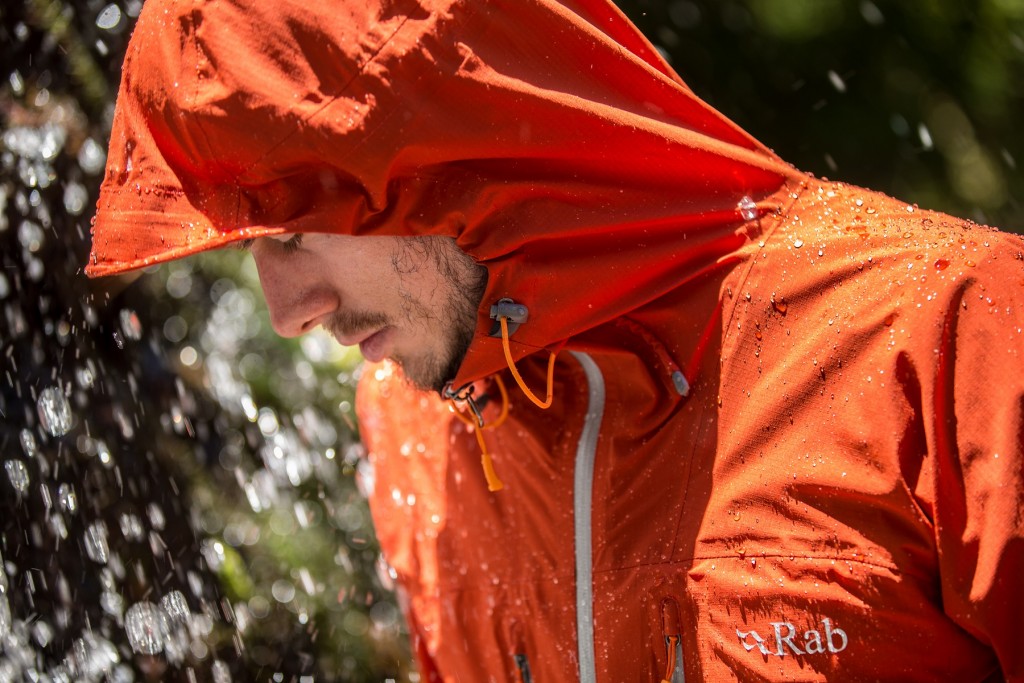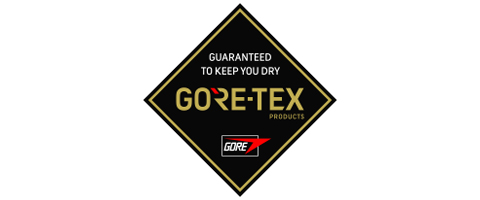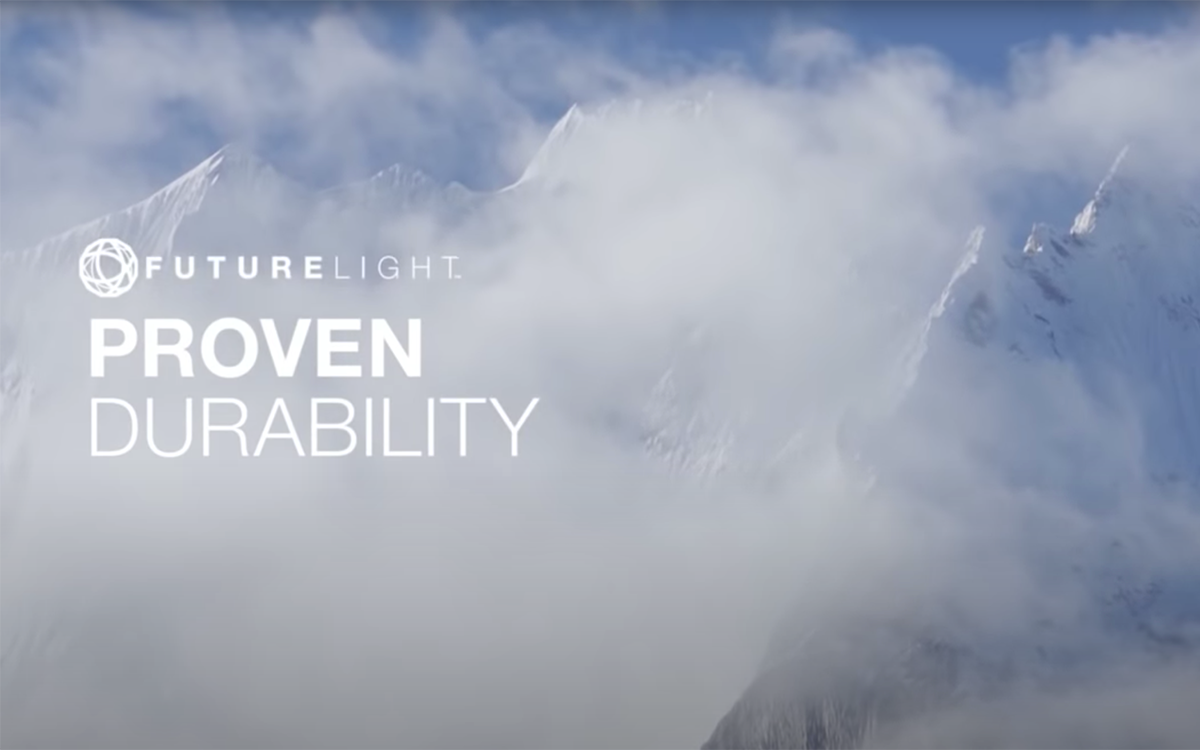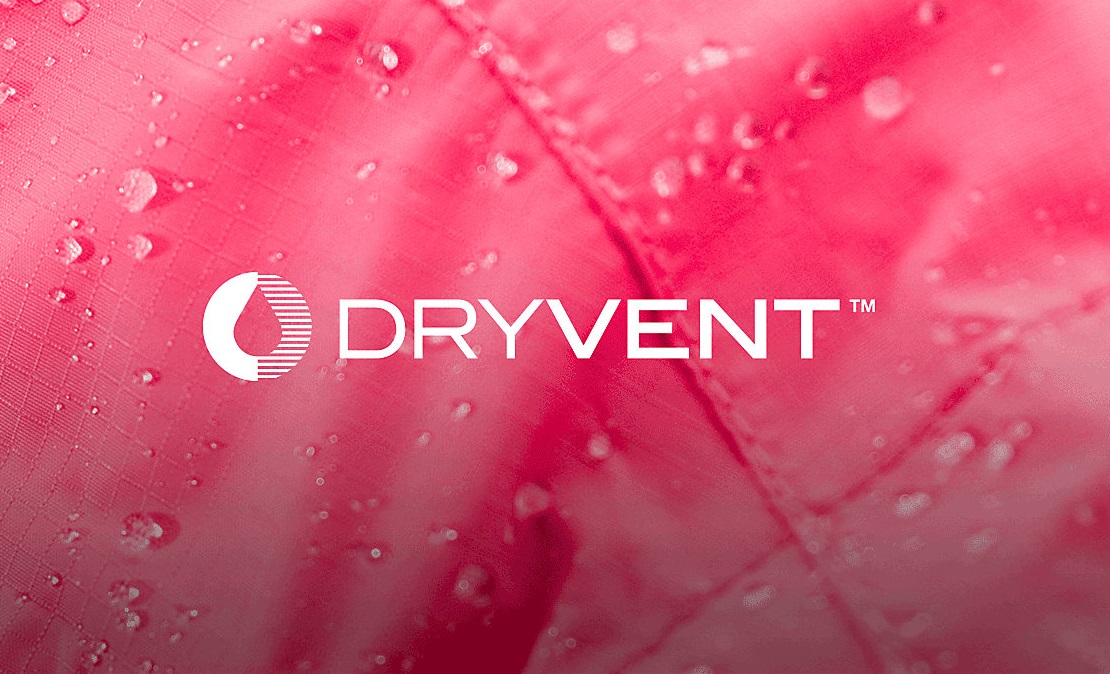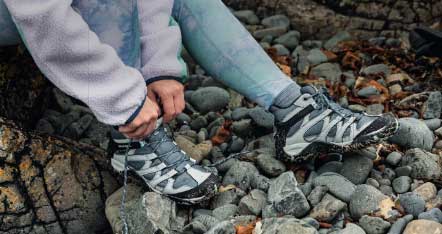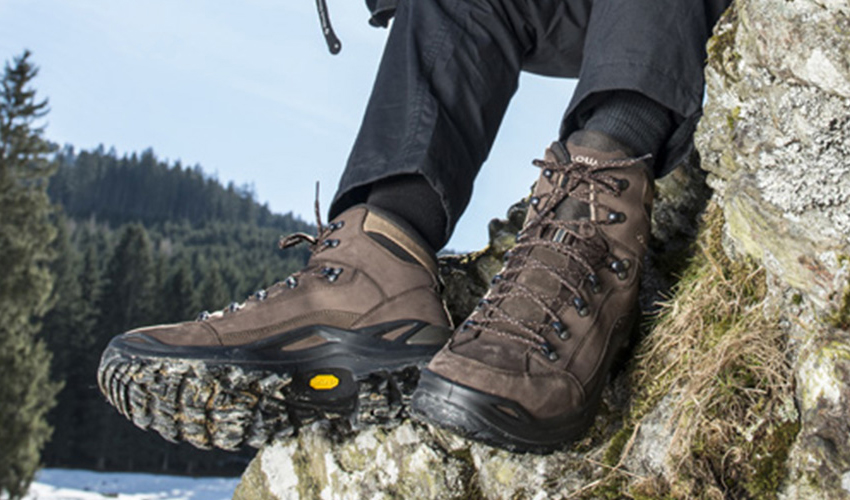Waterproof Jacket Buying Guide
Rain or shine, the British outdoors never fails to surprise us. One moment you’re admiring sun-dappled hills, the next you’re scrambling for cover as the skies open up. If you love walking, hiking, or exploring the wild corners of the UK (or beyond), you know that a trustworthy waterproof jacket isn’t just a nice-to-have-it’s essential kit.
But with so many jackets on the market, each promising cutting-edge technology and all-weather protection, how do you know which one is right for you? Should you go for GORE-TEX or try something new like Futurelight or Pertex Shield? What do all those numbers and layers actually mean? And how do you make sure your investment lasts season after season?
What Makes a Jacket Waterproof?
Hydrostatic Head: What Does It Mean?
When you see a jacket described as “waterproof,” it’s not just marketing speak. The science behind it is called hydrostatic head (HH). This measurement tells you how much water pressure a fabric can withstand before it starts to leak. Imagine a column of water sitting on the fabric-the higher the column (measured in millimetres), the more waterproof the jacket.
- 1,500–5,000mm → Good for light showers and everyday use.
- 10,000–20,000mm → Great for hiking, backpacking, and heavy rain.
- 20,000mm+ → Designed for serious mountain adventures and extreme weather.
Tip → If you’re regularly out in the hills or mountains, aim for at least 10,000mm. For everyday use, you might not need such a high rating.
Breathability: Why It Matters
Staying dry isn’t just about keeping rain out-it’s also about letting sweat escape. If your jacket traps moisture inside, you’ll end up soaked from your own perspiration. That’s where breathability comes in, measured by something called the Moisture Vapour Transmission Rate (MVTR). The higher the MVTR (measured in grams per square metre over 24 hours), the more breathable the jacket.
- <10,000g/m²: Best for low-intensity activities or short walks.
- 10,000–20,000g/m²: Good for hiking, cycling, and general outdoor use.
- 20,000g/m²+: Ideal for high-output activities like running, fast hiking, or mountain sports.
Look for → Underarm zips or “pit zips” for extra ventilation when you’re working hard.
Waterproof vs Water-Resistant: Don’t Get Caught Out
Waterproof jackets use membranes, coatings, and sealed seams to keep out heavy rain.
Water-resistant jackets have a durable water repellent (DWR) finish but won’t stand up to prolonged downpours. They’re fine for light showers but not for serious weather.
Quick check → If you see taped seams and a hydrostatic head rating, it’s waterproof. If not, it’s probably just water-resistant.
Types of Waterproof Jackets: Which One Is Right for You?
Choosing a waterproof jacket isn’t just about staying dry—it’s about matching your gear to your lifestyle. For everyday use, travel, or gentle walks, a 2-layer jacket offers comfort and affordability, though it might feel a bit heavier and less breathable. If speed and packability are top priorities—think fast hiking, running, or lightweight adventures—a 2.5-layer jacket is the agile choice, balancing lightweight performance with a lower price tag, though it can feel clammy and may not last as long. For those facing harsh conditions or demanding mountain environments, a rugged 3-layer jacket stands out with its durability and breathability, even if it comes with a higher price and extra weight.
2-Layer : The Everyday Jacket
A 2-layer jacket features a waterproof membrane bonded directly to an outer face fabric, with a loose mesh or fabric lining attached inside the jacket to protect the membrane and add comfort. This design is perfect for everyday use, travel, and gentle walks, making it a favourite for commuters, dog walkers, and anyone needing reliable protection from light rain or urban weather. The main advantages are comfort and affordability, as the inner lining provides a soft feel against the skin and helps with moisture management, while the price point is generally lower than other waterproof options. However, 2-layer jackets tend to be heavier and less breathable than more advanced designs, and are not ideal for high-exertion activities or harsh weather conditions where superior breathability and durability are required.
2.5-Layer : The Agile Lightweight Hiker
A 2.5-layer jacket combines an outer face fabric with a waterproof membrane, but instead of a full mesh lining, it uses a thin protective coating or printed layer on the inside to safeguard the membrane from sweat, oils, and abrasion. This makes the jacket exceptionally lightweight and packable, which is why it is best suited for fast hiking, running, and lightweight adventures where minimal weight and maximum mobility are priorities. Trail runners, fastpackers, and cyclists often prefer 2.5-layer jackets for their ease of transport and quick-drying properties. The benefits include being lightweight, highly packable, and often more affordable than 3-layer jackets. On the downside, the thin internal layer can feel clammy or sticky against bare skin during intense activity, and the overall construction is less durable than 3-layer jackets, making them less suitable for rough terrain or heavy use over time.
3-Layer : The Rugged Mountain Professional
A 3-layer jacket is constructed with a tough outer shell, a waterproof and breathable membrane in the middle, and a soft inner lining—all bonded together to create a single, highly durable fabric. This advanced design is engineered for mountaineering, winter walking, and any outdoor activity involving prolonged exposure to heavy rain, wind, or snow. Serious hikers, climbers, and outdoor professionals rely on 3-layer jackets for their superior protection and reliability. The main pros are extreme durability, high breathability, and excellent performance in serious weather. The bonded inner lining offers outstanding protection against abrasion and wear, while the advanced construction allows for better moisture management during high-exertion activities. The drawbacks are a higher price point and slightly increased weight compared to lighter options, making 3-layer jackets less practical for casual or everyday use where lighter alternatives are sufficient.
How to Choose the Best Waterproof Jacket for Your Activity
For Walking and Hiking
What to look for:
- Comfortable, slightly relaxed fit to allow for layering.
- Adjustable hood with a stiffened peak for visibility.
- Pockets placed above the hip belt for easy access when wearing a rucksack.
- A hem and cuffs you can cinch tight against the wind.
Top Picks:
For Trail Running and Fast Hiking
What to look for:
- Ultralight design (under 300g if possible).
- Packability- should fit easily in a running vest or small pack.
- Good ventilation, such as pit zips or mesh-lined pockets.
- Minimalist features to keep weight down.
Top Picks:
For Mountaineering & Winter Adventures
What to look for:
- 3-layer construction for maximum durability and weather protection.
- Reinforced shoulders and elbows to withstand abrasion from packs and gear.
- Helmet-compatible hood with multiple adjustment points.
- Snow skirt and storm flaps for extra protection.
Top Picks:
Key Features to Look For
Hoods
- Adjustability → Make sure the hood can be tightened around your face to keep out wind and rain.
- Stiffened peak→ Stops rain dripping into your eyes and improves visibility.
- Helmet compatibility → Essential for climbers, skiers, and mountaineers.
Zips and Seams
- Waterproof zips → Look for brands like YKK Aquaguard or Vislon.
- Storm flaps → Extra fabric over the zip for added protection.
- Taped seams →A must for true waterproofing; stops water sneaking through stitch holes.
- Pit zips →Underarm zips for extra airflow on the move.
Pockets
- Chest pockets → Easy to access with a rucksack or harness.
- Hand pockets → Great for warming hands or stashing snacks.
- Internal pockets → For valuables like your phone or map.
Adjustability
- Hem drawcords → Seal out wind and rain.
- Adjustable cuffs → Fit over gloves and stop water running up your sleeves.
Caring for Your Waterproof Jacket
How to Wash and Reproof
- Brush off dirt and mud.
- Use a specialist cleaner (like Nikwax Tech Wash or Grangers Performance Wash). Ordinary detergents can damage the membrane.
- Rinse thoroughly-residue can affect waterproofing.
- Reproof with a spray or wash-in product when water stops beading on the surface.
- Dry properly: Some jackets benefit from a gentle tumble dry to reactivate the DWR coating-check the care label!
Small Repairs
- Tears and holes → Use repair tape (like Tenacious Tape) for quick fixes.
- Leaky seams → Re-seal with Gear Aid Seam Grip or similar products.
Popular Waterproof Technologies
Why it’s popular → The original and most trusted waterproof-breathable membrane. Used by brands like Arc’teryx, Berghaus, and Rab.
Best for → All-round performance and reliability.
What’s special →Uses nano-spinning technology for enhanced breathability without sacrificing waterproofing.
Best for →High-output activities where airflow matters.
Who makes it → Pertex (a British technical fabric specialist), used by brands like Rab, Montane, and others
Why choose it → Lightweight, packable, and highly breathable waterproof protection
Best For → Fast Hiking, Trail Running, Ultralight backpacking
What’s special →Uses a multi-layer polyurethane (PU) coating and a durable water-repellent (DWR) outer finish.
Best for → Hiking, everyday outdoor use, skiing
FAQs
Absolutely-just make sure it’s got a helmet-compatible hood and enough room for layers.
If you want versatility, yes. You get a waterproof shell and a detachable fleece or insulated liner-wear them together or separately.
Check for a hydrostatic head rating (ideally 1,500mm or higher), taped seams, and a description of the waterproof technology used. Membrane-based jackets and those with DWR (durable water repellent) coatings are best for heavy rain.
Yes, the DWR coating can wear off with use, dirt, and washing. Regular cleaning and reproofing help maintain performance. If water stops beading on the surface, it’s time to reproof.
Wash your jacket when it’s visibly dirty or if water stops beading on the surface-usually every few weeks if used regularly. Over-washing isn’t necessary and can reduce the lifespan of the DWR coating.
Look for an adjustable hood, taped seams, waterproof zips, ventilation (like pit zips), and pockets that are accessible while wearing a backpack.
Not necessarily. Lightweight jackets, especially those with modern membranes, can be highly waterproof. However, heavier jackets often offer greater durability and are better suited to harsh conditions.
Most modern waterproof jackets are designed to be breathable, but the level of breathability can vary depending on the fabric and technology used. Membrane jackets are generally more breathable than coated ones.
Look for a lightweight, highly breathable jacket with good ventilation. 2.5-layer membrane jackets are often ideal for running and fast hiking.
Related articles

Let us know you agree to cookies
We use marketing, analytical and functional cookies as well as similar technologies to give you the best experience. Third parties, including social media platforms, often place tracking cookies on our site to show you personalised adverts outside of our website.
We store your cookie preferences for two years and you can edit your preferences via ‘manage cookies’ or through the cookie policy at the bottom of every page. For more information, please see our cookie policy.
